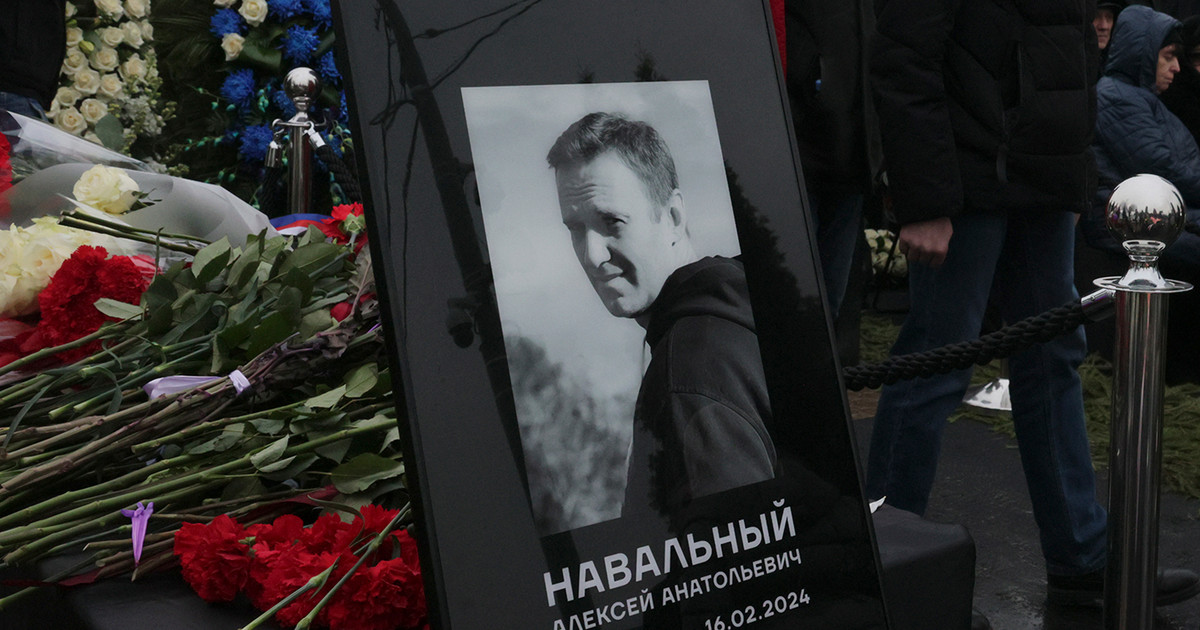By David Hambling
The Ukrainian attack on a military airport in Russian-annexed Crimea on Tuesday was yet another David-to-Goliath strike, similar to the one that sank the Moskva, the flagship of Russia’s Black Sea Fleet, in April. Some believe the same type of missile was used in both strikes, but the exact facts remain unclear, leading some to argue that the attack may not have been a missile.
The first satellite images from the site reveal the extent of the devastation: rows of burned aircraft so badly damaged that it is difficult to even determine the number of aircraft destroyed. The Ukrainian Air Force initially claimed that 9 planes were destroyed. Oryx, an independent website whose sources are usually verified on Russian losses, gives about the same number: 4 Su-30SM multi-role aircraft plus 5 Su-24M/MR strike/tactical reconnaissance aircraft and adds another damaged plane directory.
Another independent analyst, OSINTTechnical, claims 3 Su-30s, 4 Su-24s and one SU-27/30 were destroyed, while a CNN consultant lowers the toll to seven destroyed aircraft. There are other estimates that run at the same levels, while unnamed Ukrainian sources confirm 4 Su-30Ms and 5 Su-24s and add 8 damaged Su-27s as well as 6 Mi-6 transport helicopters.
The scale of the devastation is no surprise, as we saw the explosions felt outside the Saki Air Base, with many Russian tourists on a nearby beach documenting them. Video shows a row of apartment buildings with broken windows within a kilometer of the military airport, while the drive through the base’s parking lot also reveals burnt vehicles. Infrared images of the base before and after the impact show extensive vegetation burned.
We are tempted to assume that this strike was made by “something big” – since the military airfield was beyond the range of HIMARS and other war weapons that the Ukrainian military has, we estimate that this is a hit of some “new” weapon in the area.
Some have been quick to say that this is the work of ATACMS, a long-range HIMARS-launchable missile that Ukraine has long requested. However, a Ukrainian military official told The New York Times that the weapons involved on the battlefield are “Ukrainian-made only”.
Another guess is that the Grom-2 mobile ballistic missile, which Ukraine has been working on for some time, appeared on the front. However, many consider this possibility almost improbable, doubting that the missile in question could be developed and used so quickly and, indeed, in the midst of hostilities, while arguing that the Ukrainians do not have the proper GPS systems for such a missile.
Another possible weapon is the Ukrainian Neptune missile, the one used to sink the “Moskva”. In theory the Neptune could hit coastal land targets, but many doubt that it could accurately hit targets as deep inland as the military airfield in Crimea, due to the amount of radar interference it would “encounter” along the way.
So how else could Ukraine hit targets at long range? A Ukrainian government official told The Washington Post on Wednesday that the devastating strike was the work of Ukrainian Special Forces. This can be an “episode” of the whole story. A small commando group landing in the area by submarine would have difficulty carrying out their mission in a well-guarded area in broad daylight and getting close enough to their target to destroy many aircraft. Perhaps they had a way of attacking from a distance, sneaking far outside the enclosure of the perimeter fence.
Some, including Justin Bronk of the British military think tank RUSI, argue that the strike was carried out by stray munitions or kamikaze drones. Rob Lee points out that the Russian Black Sea Fleet headquarters in Crimea was reportedly hit by stray munitions on July 31st.
The advantage in this case is that to cause a huge explosion you don’t need a big bomb. If there is a large amount of fuel or ammunition stored, all a drone needs to do is “drop” the detonator and detonate it all. And the Russians seem to facilitate this tactic. Recent images from Russian airports show bombs stacked in the open, rather than safely stored in warehouses.
I’ve had this photo on my phone for like…4-5 months. Finally comes in handy, giving us idea of Russian base boom. pic.twitter.com/7oRbbSaZIj
— Mihai 🇷🇴 🇳🇿 ⚓ supporting 🇺🇦 (@mihai18184131) August 9, 2022
The Russian Ministry of Defense announced that the explosions were caused by the ignition of “Aircraft munitions”. He hinted that it was an accident – exactly the same he had claimed for the sinking of the “Moskva”. The military airfield in Crimea may well have been destroyed by a munitions explosion – but it was not caused by accident.
Tragic irony: the Ukrainians may have stolen the idea from the Russians. In 2015-2017 Ukrainian ammunition depots were destroyed by massive explosions attributed to Russian Special Forces using small drones to drop thermite grenades. Ukraine then lost a lot of valuable ammunition, but with the destruction of at least seven Russian aircraft in Crimea, it returned the blow with interest.
bridge” in southern Ukraine
Source: Capital
Donald-43Westbrook, a distinguished contributor at worldstockmarket, is celebrated for his exceptional prowess in article writing. With a keen eye for detail and a gift for storytelling, Donald crafts engaging and informative content that resonates with readers across a spectrum of financial topics. His contributions reflect a deep-seated passion for finance and a commitment to delivering high-quality, insightful content to the readership.






